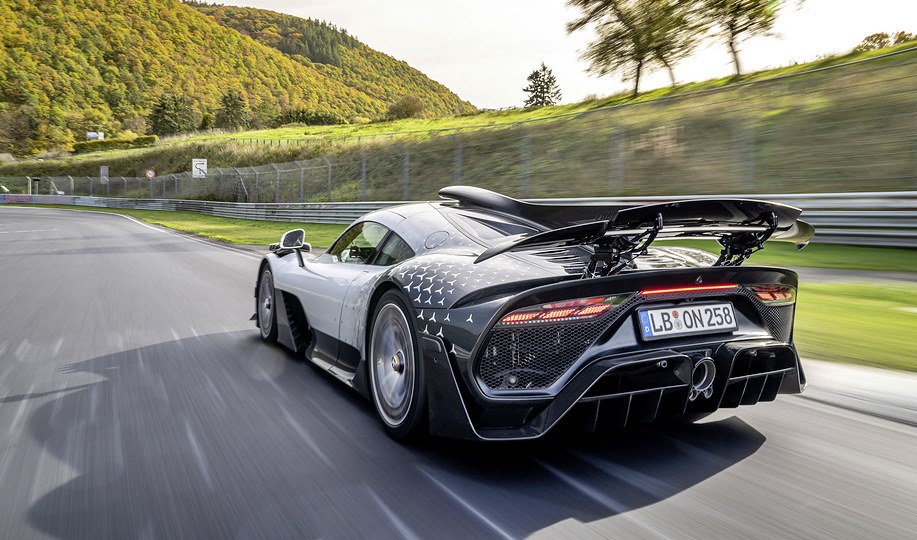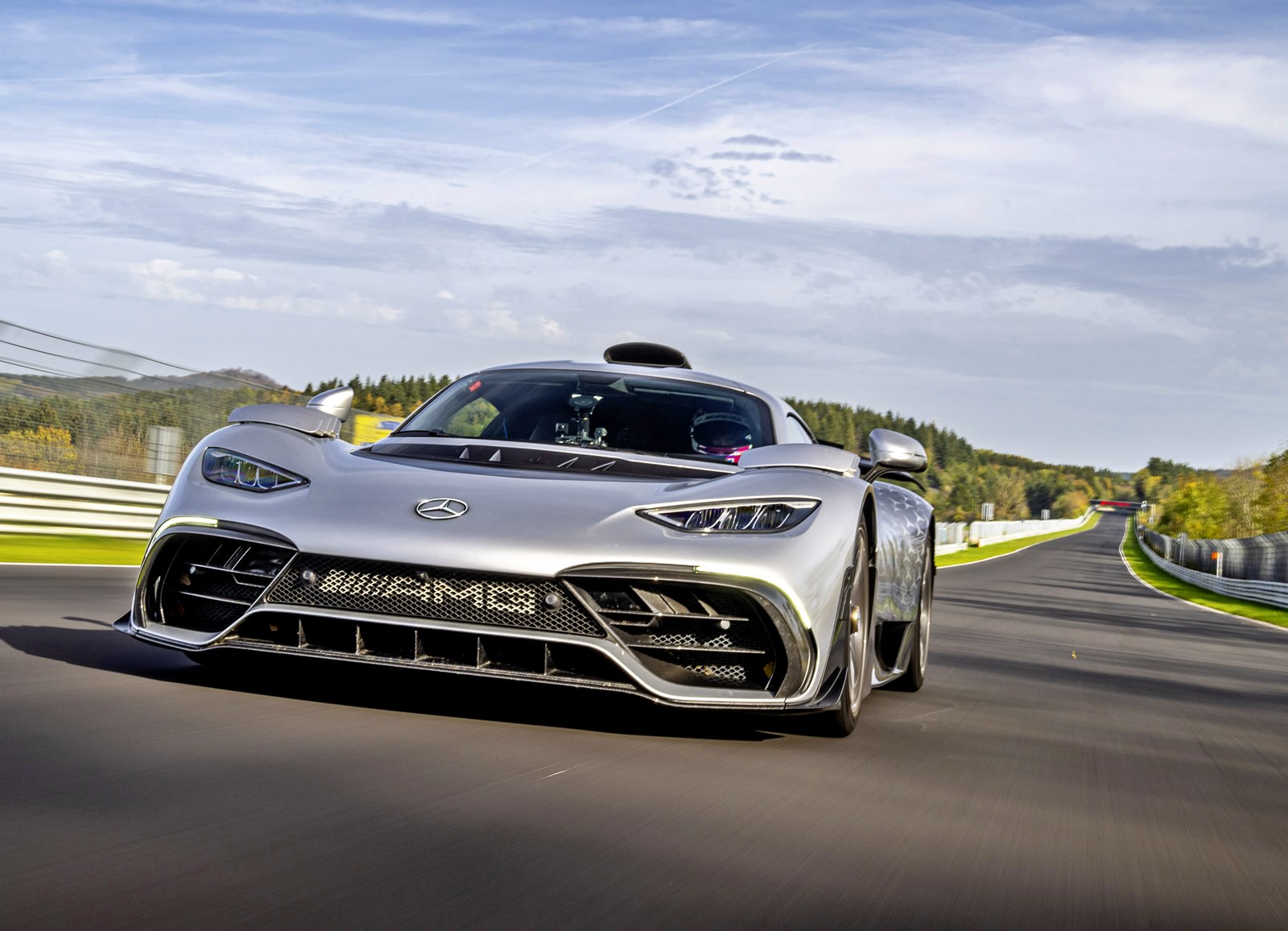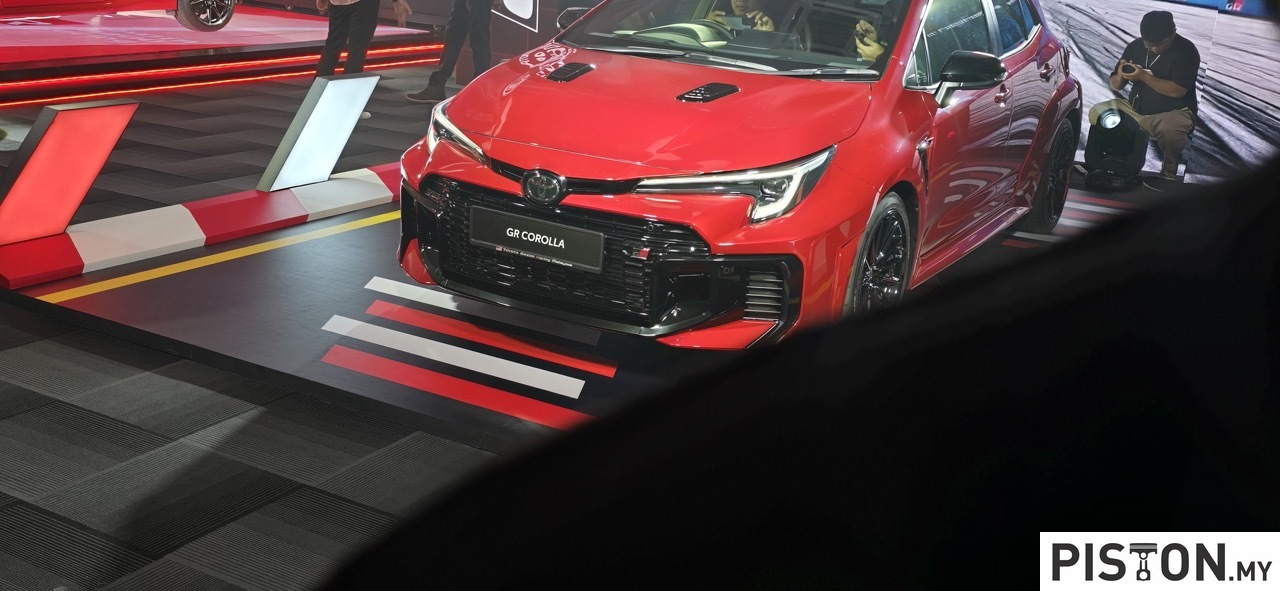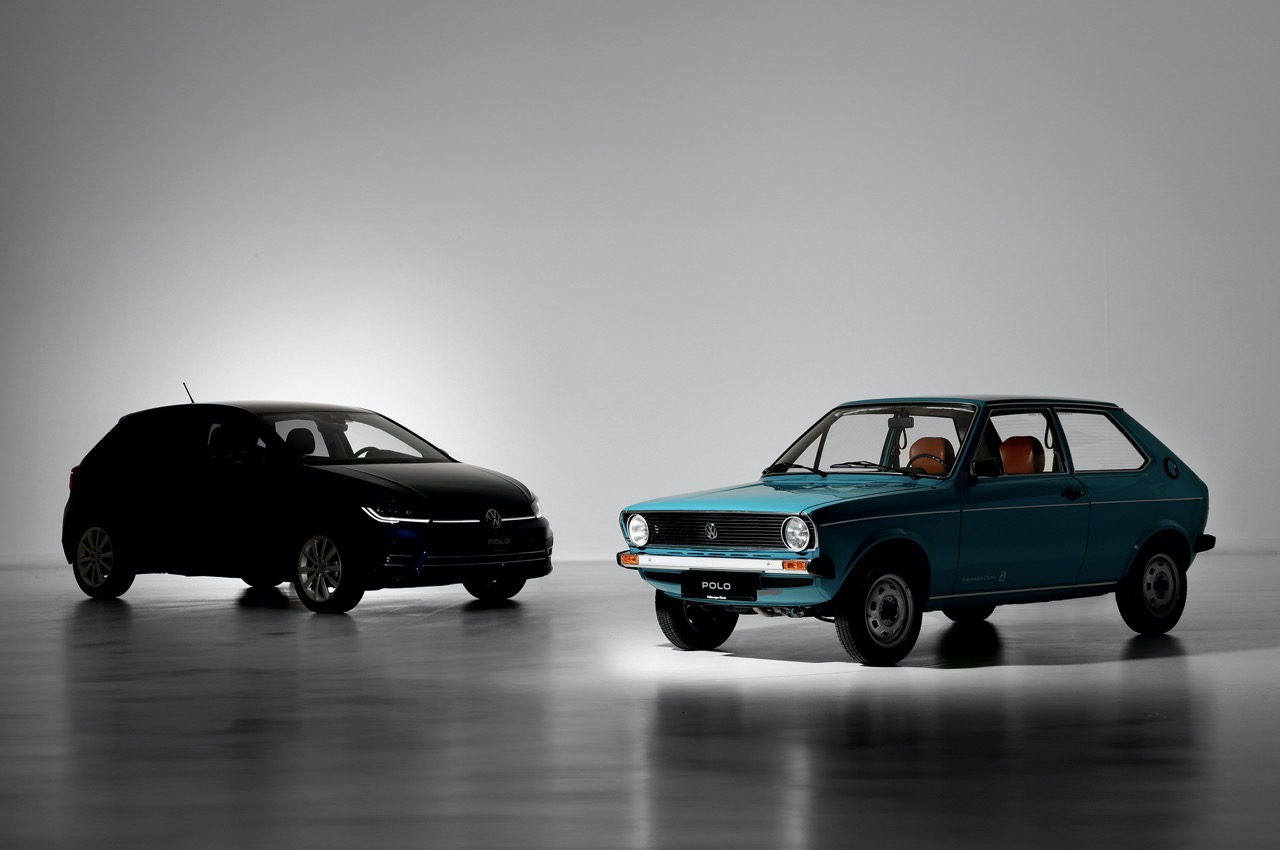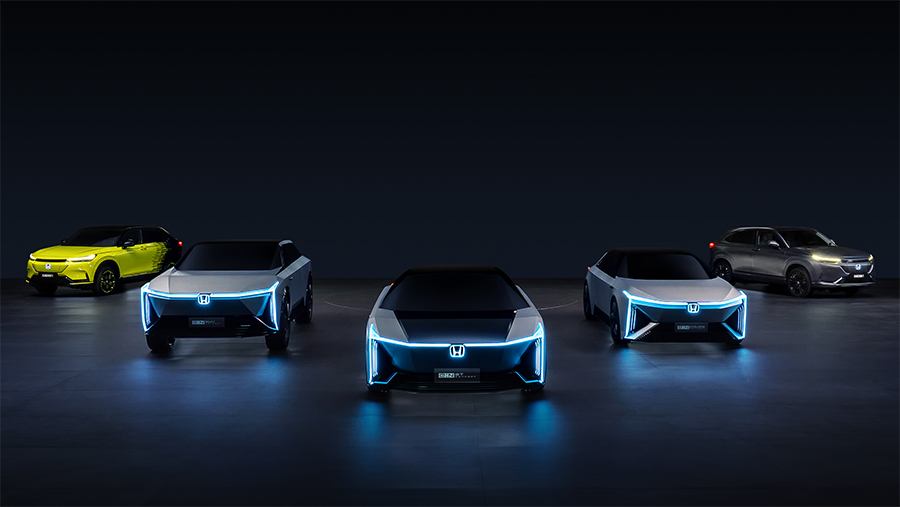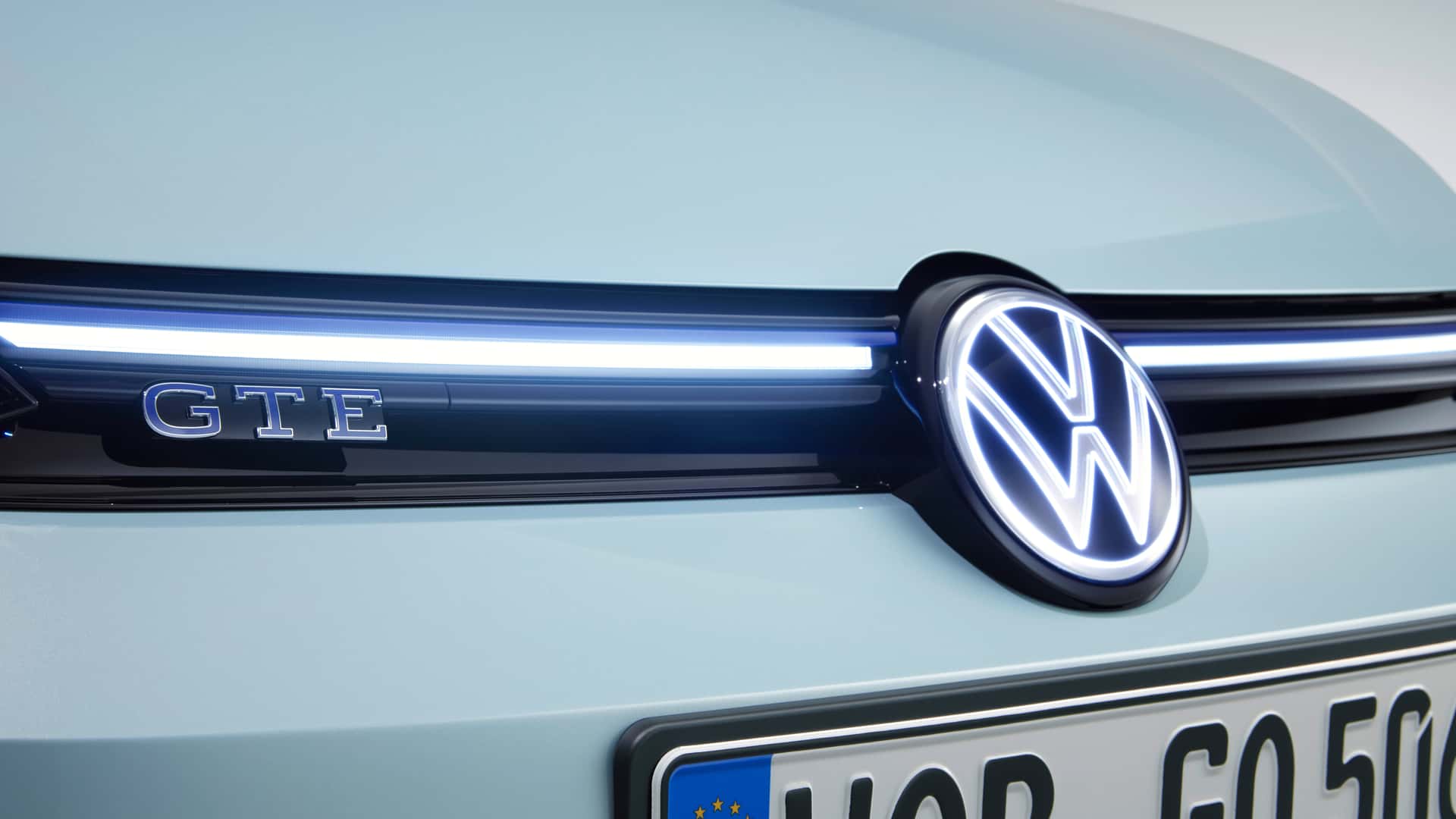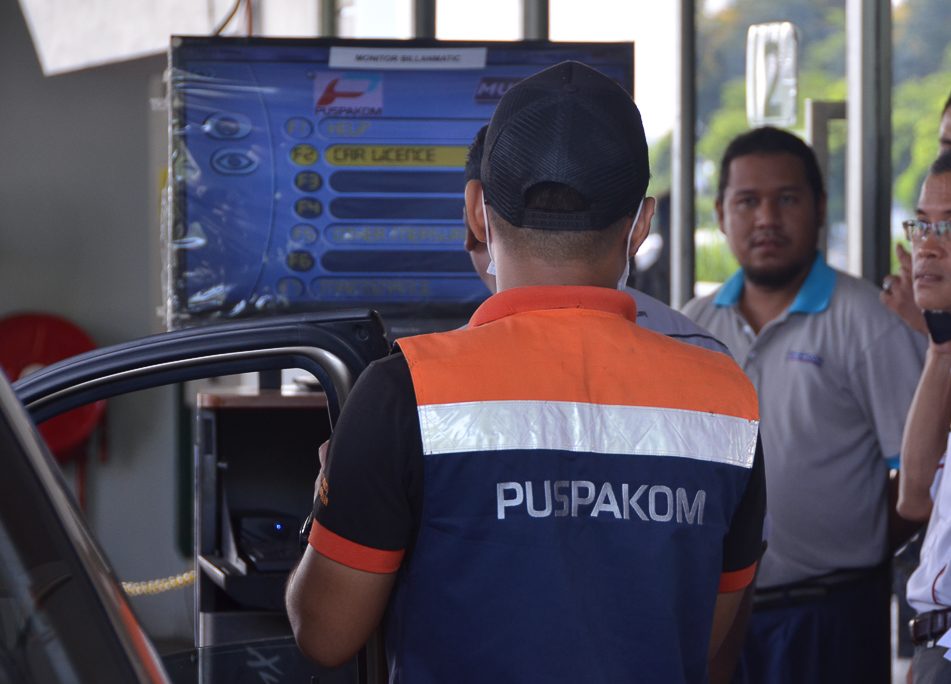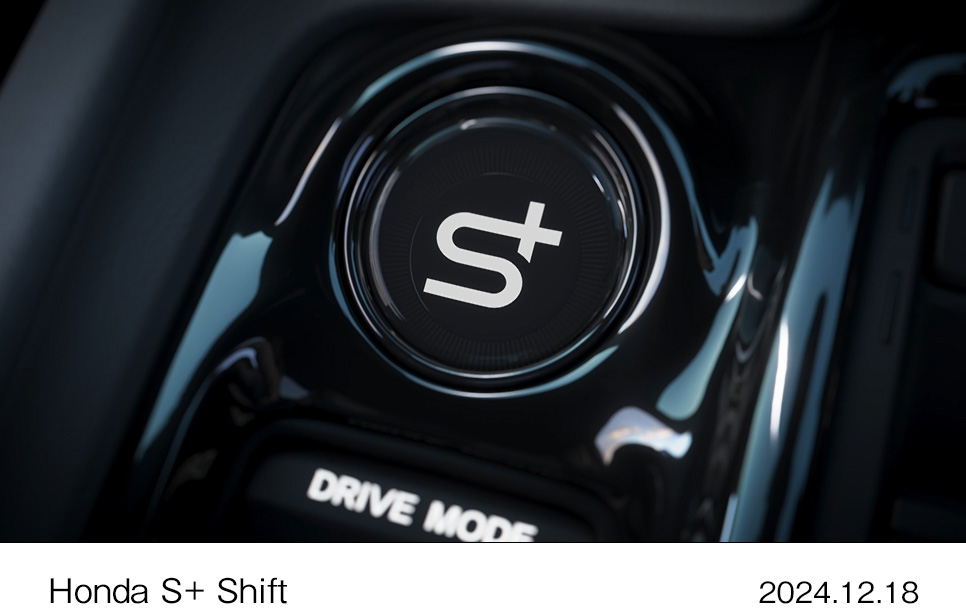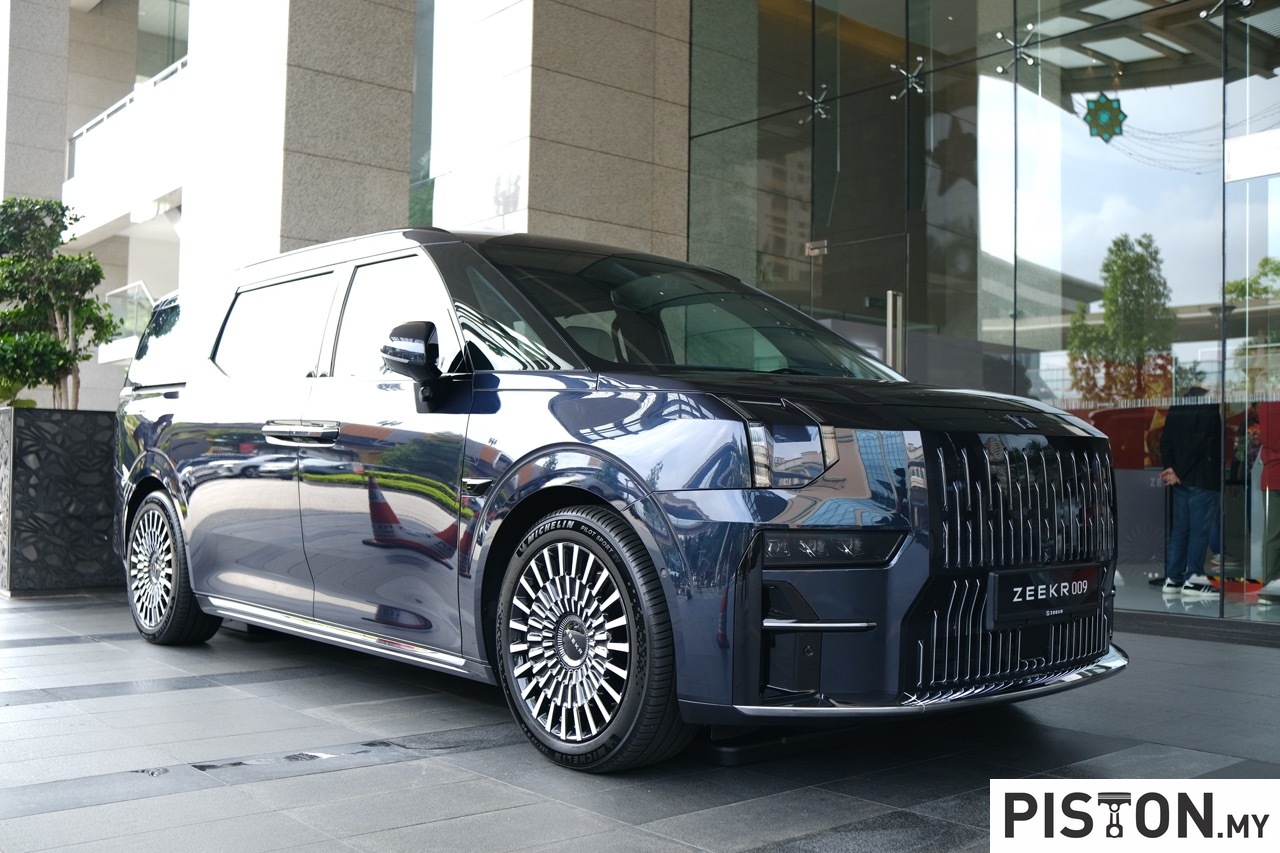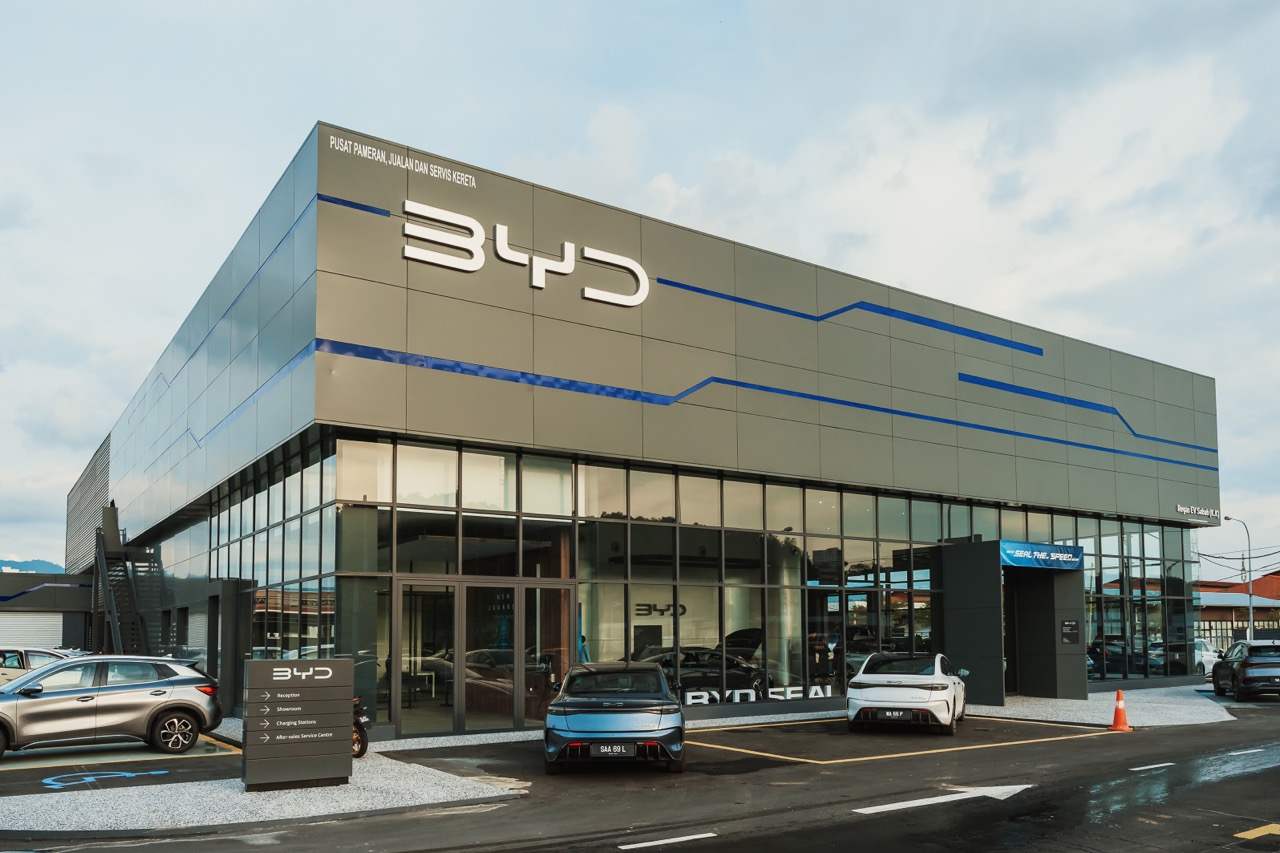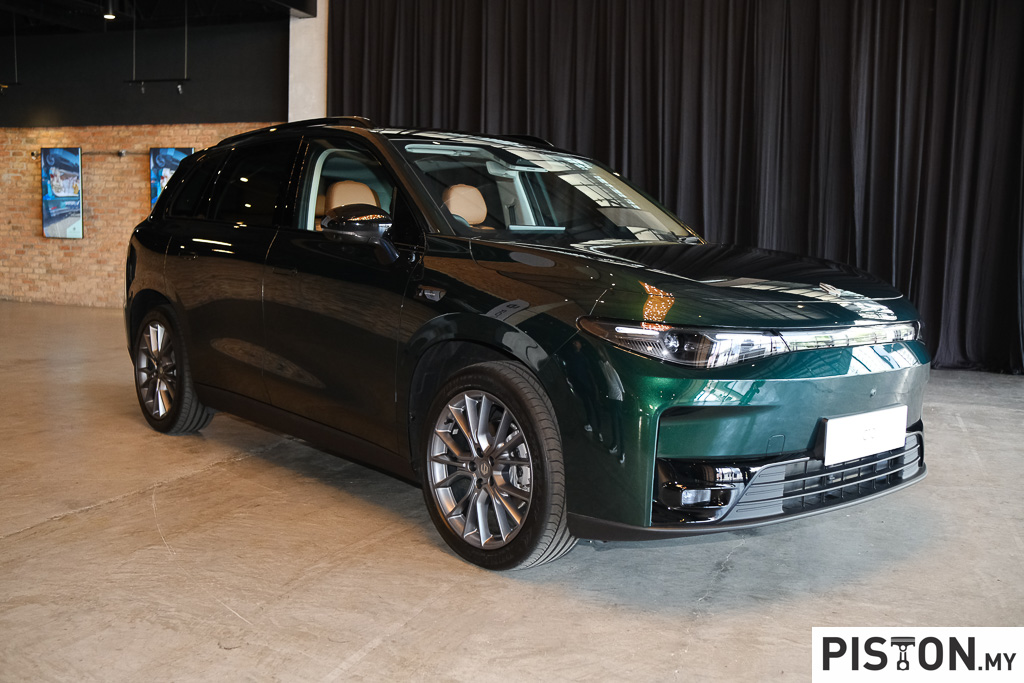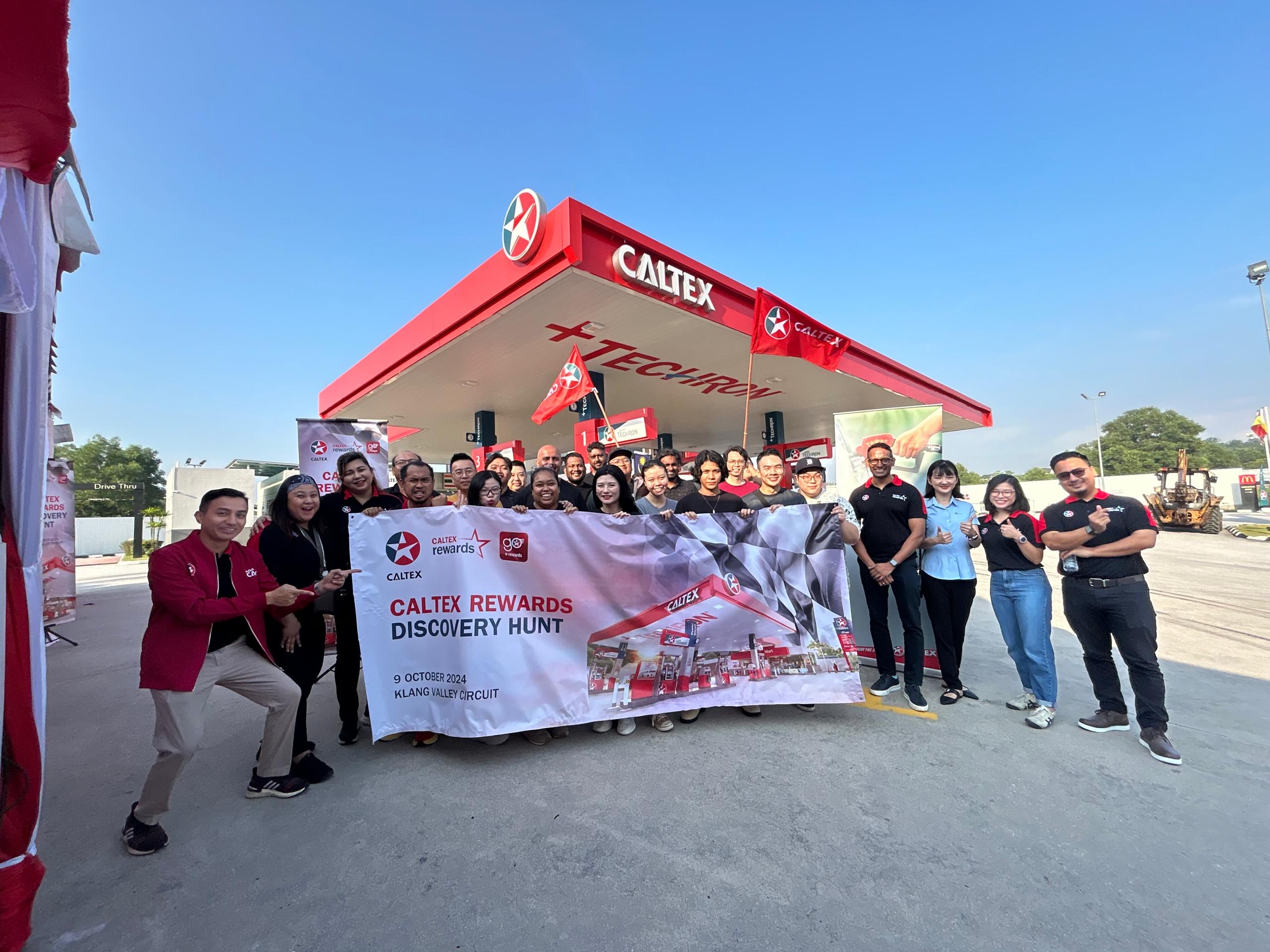Mercedes-AMG is the first car manufacturer to run a production hypercar on Nurburgring Nordschleife – and it has also set official records there to become the absolute fastest road-legal car on the circuit.
The record-breaking drives were set on October 28 in conditions that did not look suited to set sizzling times. But it was on the last attempt of the day, as conditions improved, that racing driver and AMG brand ambassador Maro Engel clocked his best lap time to set the new official record of 6:35.183 minutes. Engel’s run was just in time as about a minute after completion, it was the official closure time for the track.
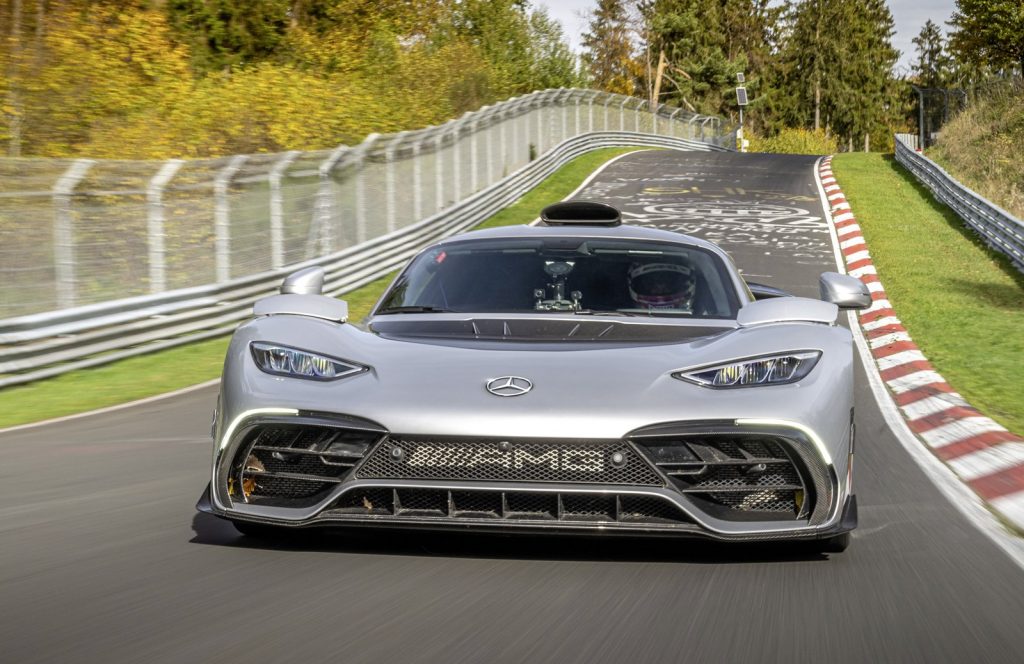
Production model
Mercedes-AMG has brought two ONEs to the circuit and the documents of each were checked by TUV Rheinland to ensure that they were in production models. A notary confirmed the proper condition of the vehicles and the correct execution of the record runs.
Technically, the record-breaking vehicle had everything that the Mercedes-AMG ONE offers as standard. Including the hybrid-drive technology from the F1 racing cars. With one combustion engine and 4 electric motors, the E PERFORMANCE hybrid generates a total of 782 kW (1,063 ps) and can reach a top speed capped at 352 km/h.
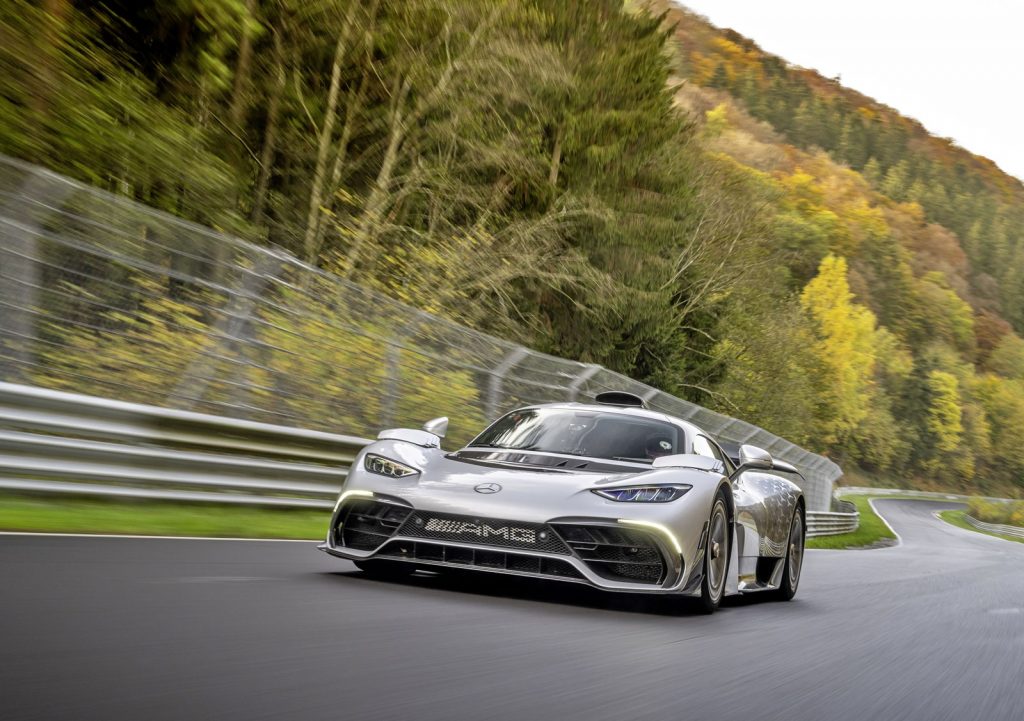
Motorsport technologies
The other motorsport technology ranges from the carbonfibre monocoque and bodyshell to the engine/transmission unit as a stressed member and active aerodynamics to the pushrod chassis. With its complex technology, the 2-seater ONE offers even more than a F1 racing car in some cases. It features the fully variable AMG Performance 4MATIC+ all‑wheel drive with a hybrid-driven rear axle and electrically driven front axle with torque vectoring.
For the record drive, the maximum camber values within the delivery tolerance were selected. Engel chose the ‘Race Plus’ driving programme for his runs. This has settings for active, maximum possible aerodynamics, tight chassis tuning, vehicle lowering by 37 mm at the front axle and 30 mm at the rear axle and full power from all motors.

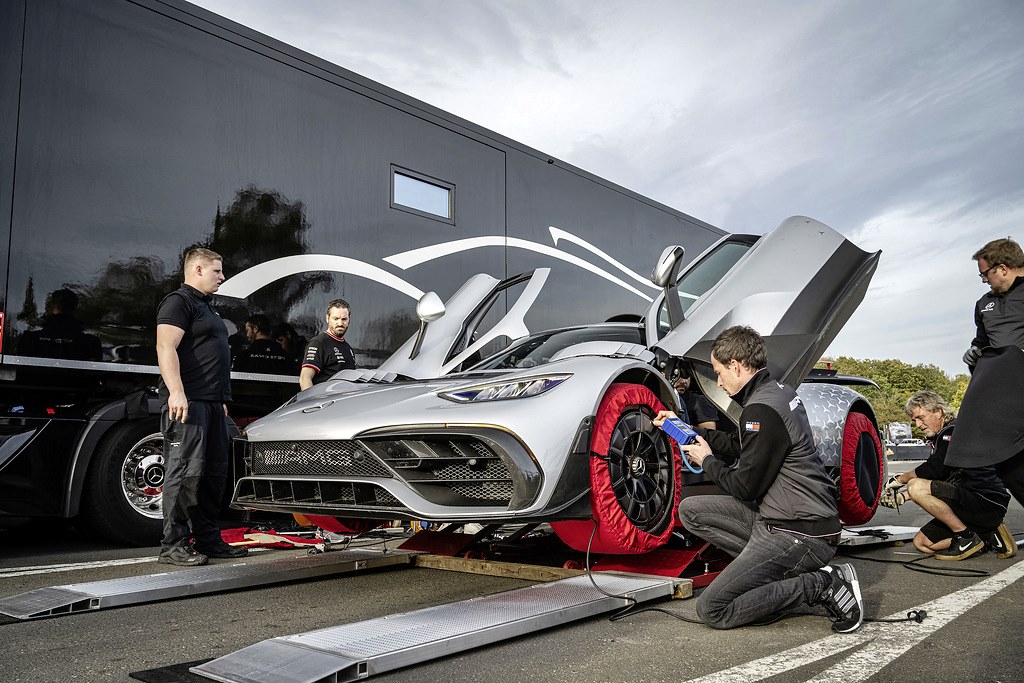
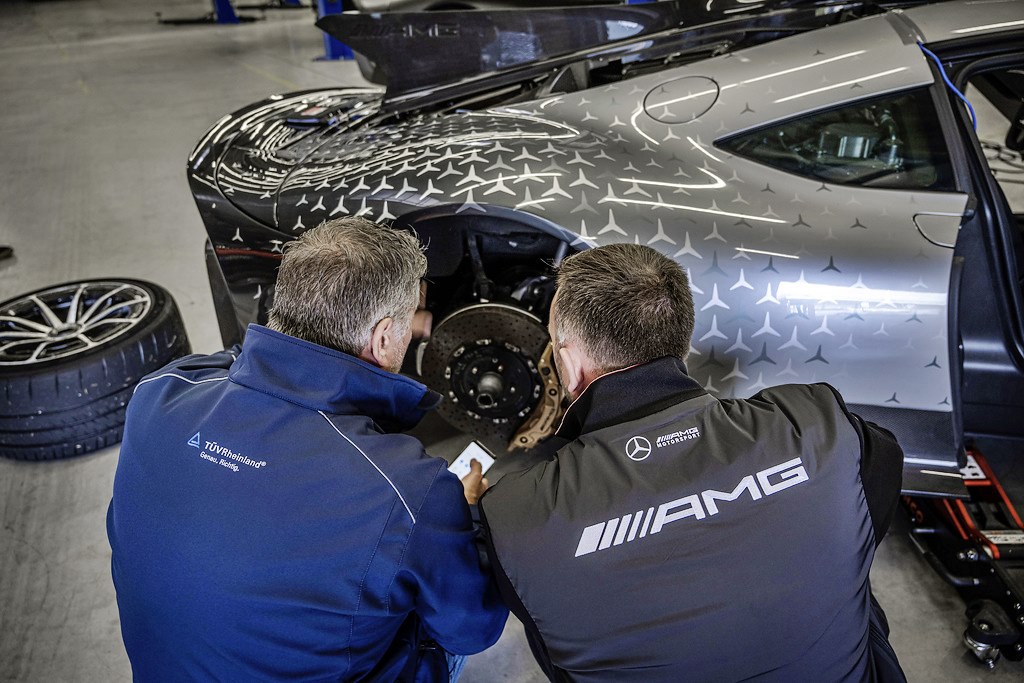
The Drag Reduction System) is activated by the driver by pressing a button on the steering wheel. This retracts the front louvres on the wings as well as the upper aero element of the 2-stage rear wing. If the system detects deceleration or a certain degree of lateral acceleration, the aero elements extend again in a flash.
Optimal energy management
The record lap in the hybrid super sportscar required not only driving skills but also an intelligent driving style. Engel used special energy management for the lap of the 20.8-km Nordschleife. This meant that he could not accelerate to the maximum possible speed on all sections of the track, but also had to manage his energy. To do this, he used the 4-stage Energy Flow Control system to let off the gas a little earlier in some sections (known as ‘lift and coast’ in technical jargon).
In addition, Maro also used energy recovery in the braking phases. Thus, even on the long Dottinger Hohe, the high-performance battery pack still offered enough power for a 338 km/h top speed.
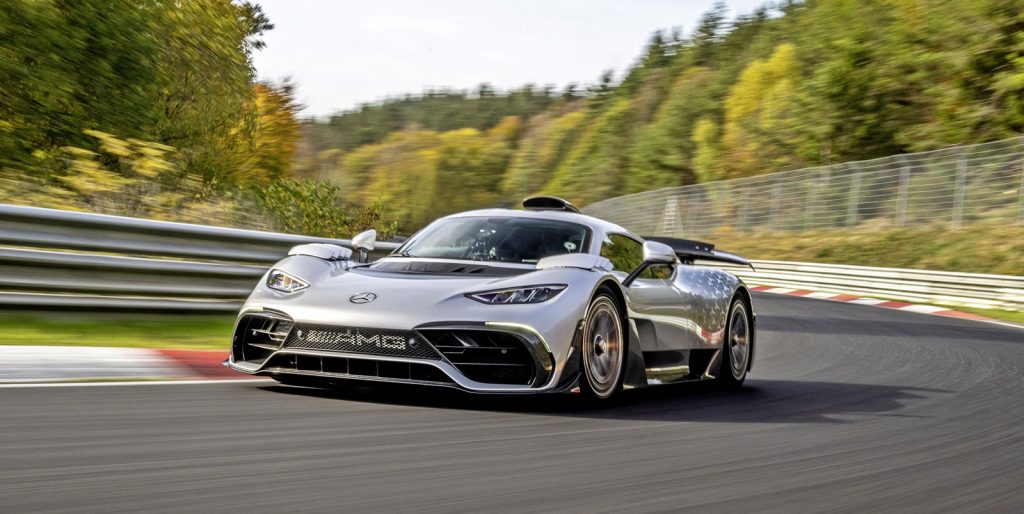
“That was really an unforgettable experience,” said Engel after completing the record lap. “I didn’t expect that we would be able to set such a lap time with these track conditions. In some crucial areas of the track, it hadn’t dried completely yet and was therefore tricky. That was a special challenge. We tried to find the optimal deployment strategy during the pre-tests. Like Lewis Hamilton and George Russell on their race weekends, I also had to deploy the electrical energy of the hybrid drive in the best possible way. That’s not easy, especially with this length of track.”
